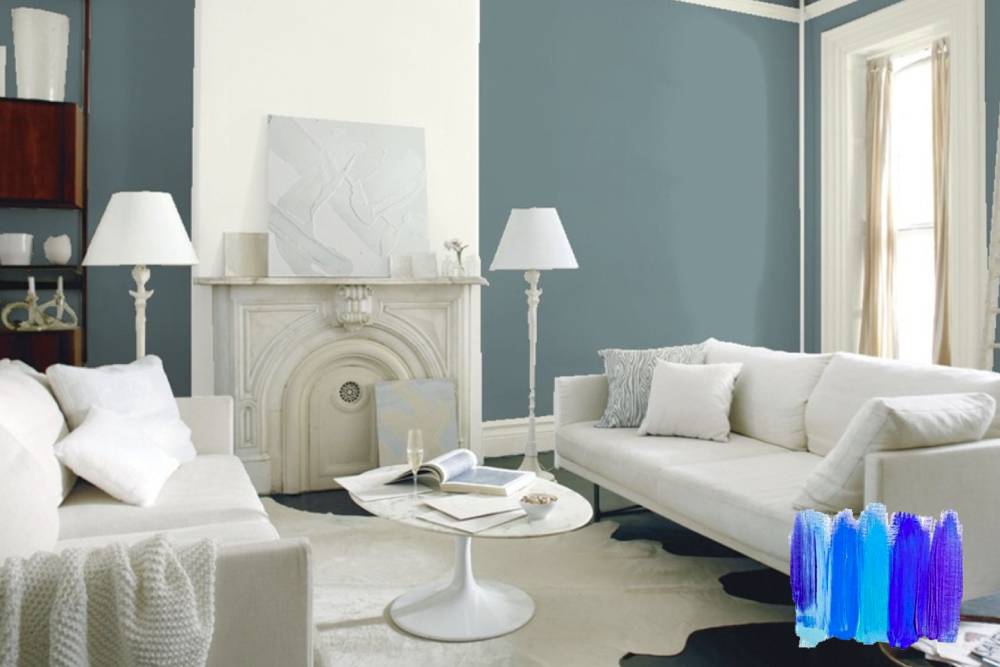Home color balance is a crucial aspect of home design. It can make or break your establishment’s reputation. Consequently, you must exercise caution when determining the correct colors for your home. In interior design, colors are the quickest way to create an impression or change the atmosphere of a space. And in terms of home color, wall colors have a significant role. They account for over 60% of your interior color palette.
This guide will help you understand the fundamentals of color, how it will affect your interior, and how to select the best color palette for your area.
1. Be Aware of Color Terms
The majority of people use color descriptors interchangeably, yet it is useful to understand their precise meanings. Here’s our guide.
● Color – the appearance of a surface as a result of the way it reflects light.
● Hue – a synonym for color.
● Shade – a dark version of a color made by adding black.
● Tint – a color that has been lightened by the addition of white. Pink, for instance, is a shade of red.
● Tone – lighter or darker edition of a color.
● Color wheel – a circular graph showing the primary colors and secondary colors created by mixing the primaries and the tertiary colors.
● Reds, oranges, and yellows are considered to be warm colors. Consider the sun, sunset, and fires.
● Cool colors – greens, blues and blue-purples. Consider water and sky.
● Neutral colors – strictly true, colors that aren’t warm or cool but more probable to be implemented to colors that aren’t on the wheel, for example, greys and whites as well as browns and blacks.
2. Plan Your Residence’s Color Scheme
If you fear color, map it out beforehand. Draw a floor plan of your home and include a list of what will be in each room, including the carpet, wall colors, and furniture. Collect samples or paint chips that correspond to the colors of these objects. Evaluate the rooms for both positive and negative characteristics; record them. Determine focal points from the good characteristics list.
3. Light’s impact on color
Daylight is regarded as the ideal light source due to its generally constant density over the whole visible range. Observe how both natural and artificial light affects the hues of fabrics, paint, furniture, and other surfaces. Due to the fact that color is a reflection of light, the type and quantity of light in a place will have a significant impact on the color scheme.
4. Begin With a Neutral And Two Additional Colors
Begin palette selection with three colors. Three is a balanced number that provides sufficient visual interest without becoming overwhelming.
5. Explore Colorful Options Using Multiple Colors
If you wish to generate excitement, you should reconsider the practice of painting a wall from corner to corner, as this creates architectural emphasis where none exists. Try painting a third of one wall and two-thirds of the neighboring wall, enveloping the corner with color as you move clockwise around the space. Then, paint the remaining eight of the second wall and three-quarters of the wall opposite to it, encompassing the corner.
Final Words
Unique room themes can be effective, but it is essential to keep a sense of continuity throughout. Painting contractors can help you in home interior renovation and enhance the look of your house even more.

